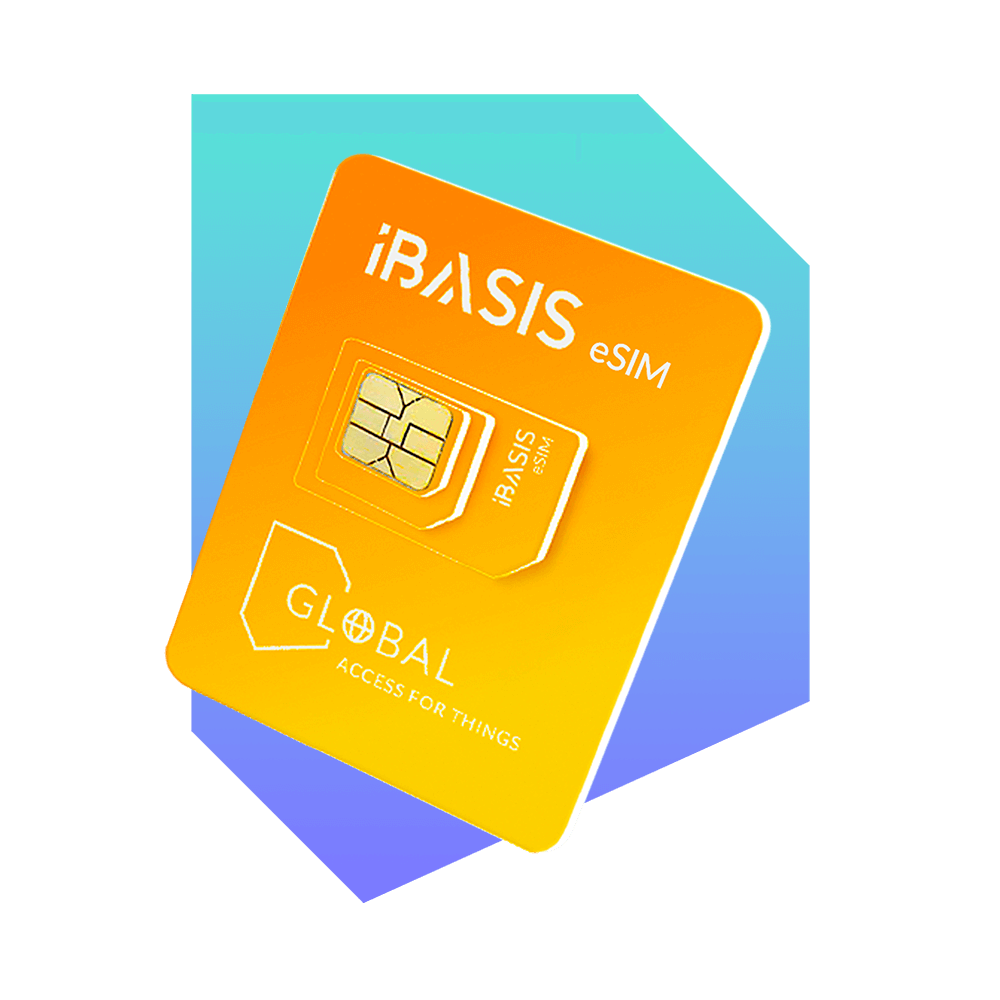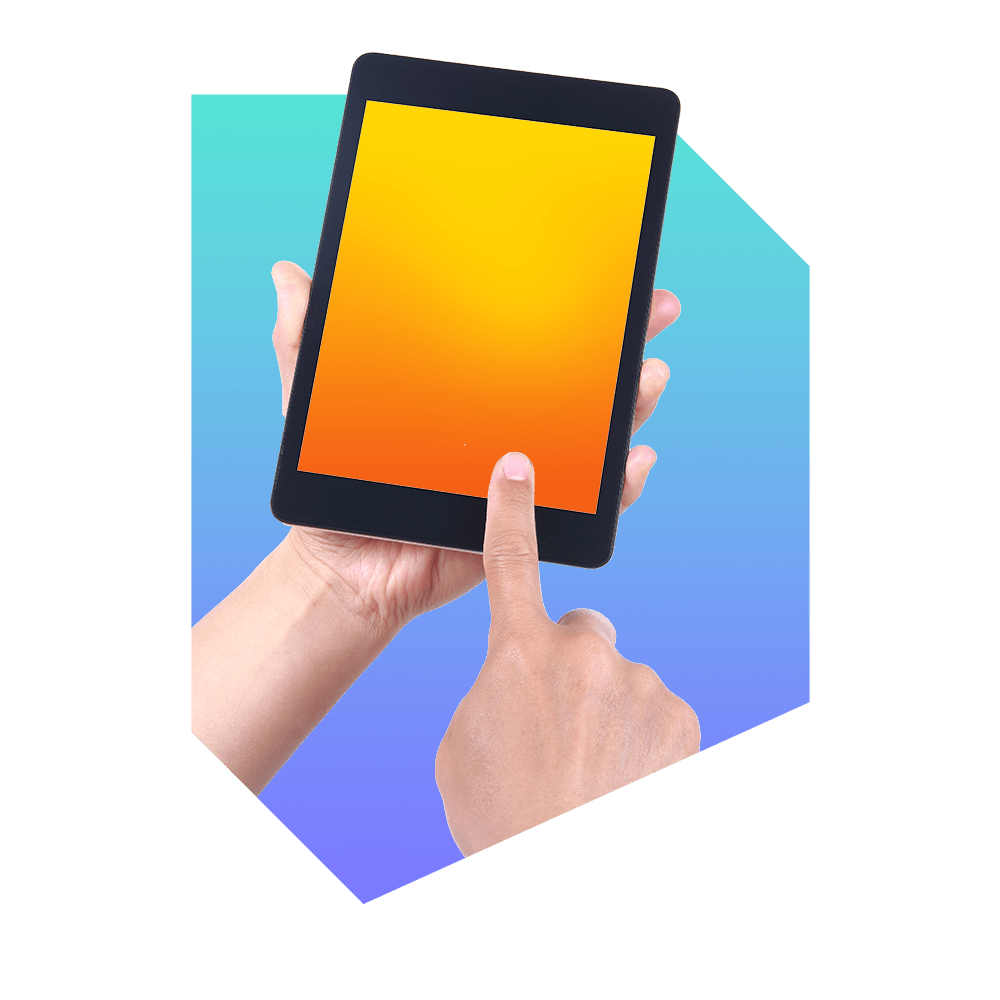The roles of Over-The-Top (OTT) players and hyperscalers have transformed dramatically. Transitioning from being the largest SMS volume generators and consumers of SMS for services like One-Time Passwords (OTPs), these entities are now influencing the future of Application-to-Person (A2P) messaging.
But the messaging market is no longer a one-size-fits-all scenario, and a healthier A2P SMS ecosystem must be created. Different use cases and the demand for stronger protection mean that businesses must adopt a multi-channel strategy. This includes a combination of traditional SMS, RCS, and other OTT platforms to meet diverse consumer needs effectively. Operators and technology providers need to collaborate more than compete, in a joint effort essential to developing new solutions that can coexist with emerging technologies, ensuring a comprehensive and effective messaging ecosystem.
That’s why iBASIS commissioned a pivotal ‘A2P SMS: Towards a New Balance of Power?’ whitepaper, written by Global Telco Consult (GTC), to explore the evolving SMS landscape with insights from a recent messaging survey of OTTs, hyperscalers, brands, and MNOs.
 It’s clear OTTs and hyperscalers have significantly influenced the explosive demand for A2P Messaging. Their widespread use of SMS for Two Factor Authentication (2FA), for example, has familiarized consumers with SMS for various applications and set a precedent for online security standards. However, as their messaging needs have grown, so too have the challenges of high costs, volatile pricing, compatibility issues, and variable quality.
It’s clear OTTs and hyperscalers have significantly influenced the explosive demand for A2P Messaging. Their widespread use of SMS for Two Factor Authentication (2FA), for example, has familiarized consumers with SMS for various applications and set a precedent for online security standards. However, as their messaging needs have grown, so too have the challenges of high costs, volatile pricing, compatibility issues, and variable quality.
Despite the emerging competition from OTTs and hyperscalers, SMS messaging continues to present a substantial opportunity for carriers and operators. Its unique strengths in the A2P messaging ecosystem affirm its ongoing relevance and potential for growth, as highlighted by the forecasts that A2P SMS operator revenues will hit $57.5 billion in 2024, according to Juniper Research.* SMS remains a crucial player in the messaging market and its global reach and effectiveness are exemplified by the projected increase in A2P SMS traffic from 2.52 trillion in 2022 to 2.88 trillion in 2027, highlighting its enduring appeal. Additionally, in contrast to the high costs associated with other platforms, A2P SMS offers a more economical option in several key markets. For instance, A2P SMS is cheaper than WhatsApp Business for OTP traffic in several markets, such as Brazil, France, Germany, the UK, and the USA, emphasizing its cost-effectiveness.**
SMS still plays a critical role in multi-channel strategies as it complements newer channels like Rich Communication Services (RCS), which is booming particularly with Apple’s recent announcement to support RCS on iPhones, to ensure comprehensive coverage and reliable communication across different consumer segments. Partnerships between OTTs, carriers, and original equipment manufacturers (OEMs) will help to support interoperability across operator networks and devices. The simplicity and widespread acceptance of SMS also continues to make it an asset in many markets. Its ability to seamlessly integrate with various technologies underscores its adaptability and ongoing relevance in the digital age.
Despite the advent of RCS and the trend of OTTs and hyperscalers launching their own A2P messaging channels, SMS retains its status as the most effective channel for operators. Carriers and operators are in a unique position to optimize their messaging strategies by leveraging the reliability and broad reach of SMS. As the A2P messaging ecosystem evolves, SMS messaging remains a promising opportunity for carriers and operators. Its unique combination of reach, reliability, and cost-effectiveness positions it as a vital component of modern communication strategies. The growth of SMS can be extended by stabilizing pricing and quality, solidifying its role as a reliable component of omnichannel solutions. Embracing collaboration and innovation will be key to navigating this new era of messaging.
Today, more collaboration than competition is needed between operators, OTTs, and technology partners to enable new solutions across the market. Operators can extend the future of SMS by solidifying their role as the backbone of all omnichannel solutions and reliable cost-effective fallback, while focusing on stabilizing the price and quality of the SMS channel. Productizing operator assets via APIs can also build on SMS’s historical strengths of ubiquity, security, and cost to help enterprises ensure that their messaging reaches the right customer at the right time and at the right price.
The whitepaper’s findings were shared in a webinar, entitled ‘Taking the Pulse of the Messaging Market: Is SMS at a Crossroads?’, which delved deeper into the shifting roles of OTTs in the messaging arena, complexities of SMS pricing, commercial models, artificially inflated traffic, fraud, and alternative channels.
*Juniper Research, A2P Messaging Market Report 2024-28
**Mobilesquared’s Global A2P SMS 2017-2027 Report































